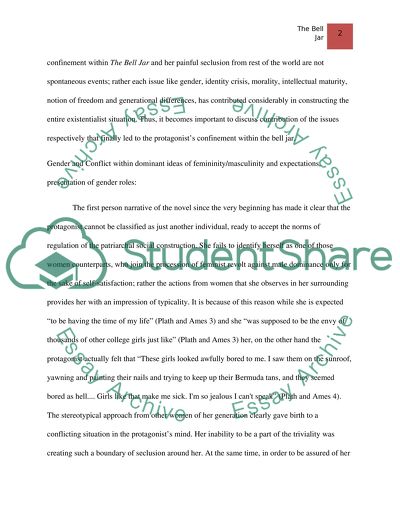Cite this document
(“What is the significance of title of Sylvia Plath's novel 'The Bell Essay”, n.d.)
Retrieved from https://studentshare.org/literature/1419945-what-is-the-significance-of-sylvia-plath-s-title
Retrieved from https://studentshare.org/literature/1419945-what-is-the-significance-of-sylvia-plath-s-title
(What Is the Significance of Title of Sylvia Plath'S Novel 'The Bell Essay)
https://studentshare.org/literature/1419945-what-is-the-significance-of-sylvia-plath-s-title.
https://studentshare.org/literature/1419945-what-is-the-significance-of-sylvia-plath-s-title.
“What Is the Significance of Title of Sylvia Plath'S Novel 'The Bell Essay”, n.d. https://studentshare.org/literature/1419945-what-is-the-significance-of-sylvia-plath-s-title.


